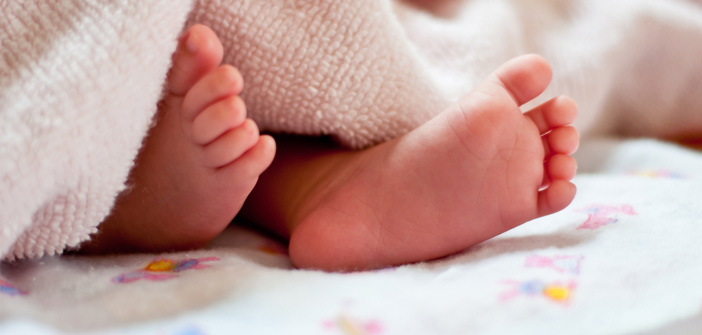
First in the world; Baby born via uterus transplant from a deceased donor
 In a first of its kind in the world, a woman from Brazil, who received the womb from a deceased donor has successfully given birth to a baby girl.
In a first of its kind in the world, a woman from Brazil, who received the womb from a deceased donor has successfully given birth to a baby girl.
The event is a milestone in the medical history since uterus transplants from deceased donors are feasible and may open access for all women with uterine infertility, without the need for live donors. The case report has been published in the Lancet journal.
“The use of deceased donors could greatly broaden access to this treatment, and our results provide proof-of-concept for a new option for women with uterine infertility,” said Dani Ejzenberg, from the University of Sao Paulo in Brazil, who led the research. There have been ten uterus transplants attempted from deceased donors before. But this is the first transplant to result in live birth. Ejzenberg and colleagues report that the successful live birth, which took place a year ago at the Hospital das Clínicas, was to a 32-year-old woman who was born without a uterus as the result of congenital uterine agenesis, or Mayer-Rokitansky-Küster-Hauser (MRKH) syndrome, which affects 1 in 4500 women. The donor was a woman who died at the age of 45 of subarachnoid haemorrhage who had had three previous normal deliveries.
Till now, there have been 39 procedures of this kind. Among that, only eleven resulted in live births. The first childbirth following uterine transplantation from living donors occurred in Sweden in September 2013.
The surgery involved connecting the donor uterus’ and recipient’s veins and arteries, ligaments, and vaginal canals. After surgery, the recipient stayed in intensive care for two days, then spent six days on a specialised transplant ward. Five months after transplantation, the uterus showed no signs of rejection, ultrasound scans showed no anomalies, and the recipient was having regular menstruation. The fertilised eggs were implanted after seven months. The doctors were able to implant the fertilised eggs into the transplanted uterus much earlier than previous uterus transplants where this typically occurred after one year. Ten days after implantation, the recipient was confirmed to be pregnant. There were no issues during the pregnancy, other than a kidney infection at 32 weeks which was treated with antibiotics in the hospital. The baby girl was born via caesarean section at 35 weeks and three days. The transplanted uterus was removed during the caesarean section.
The surgery took place in 2016. At the time when the case study report was submitted to The Lancet, the baby girl was seven months old and weighed 7.2 kg.
Source: 1. First Live Birth After Uterus Transplant From Deceased Donor – Medscape – Dec 06, 2018.
2. The New Indian Express